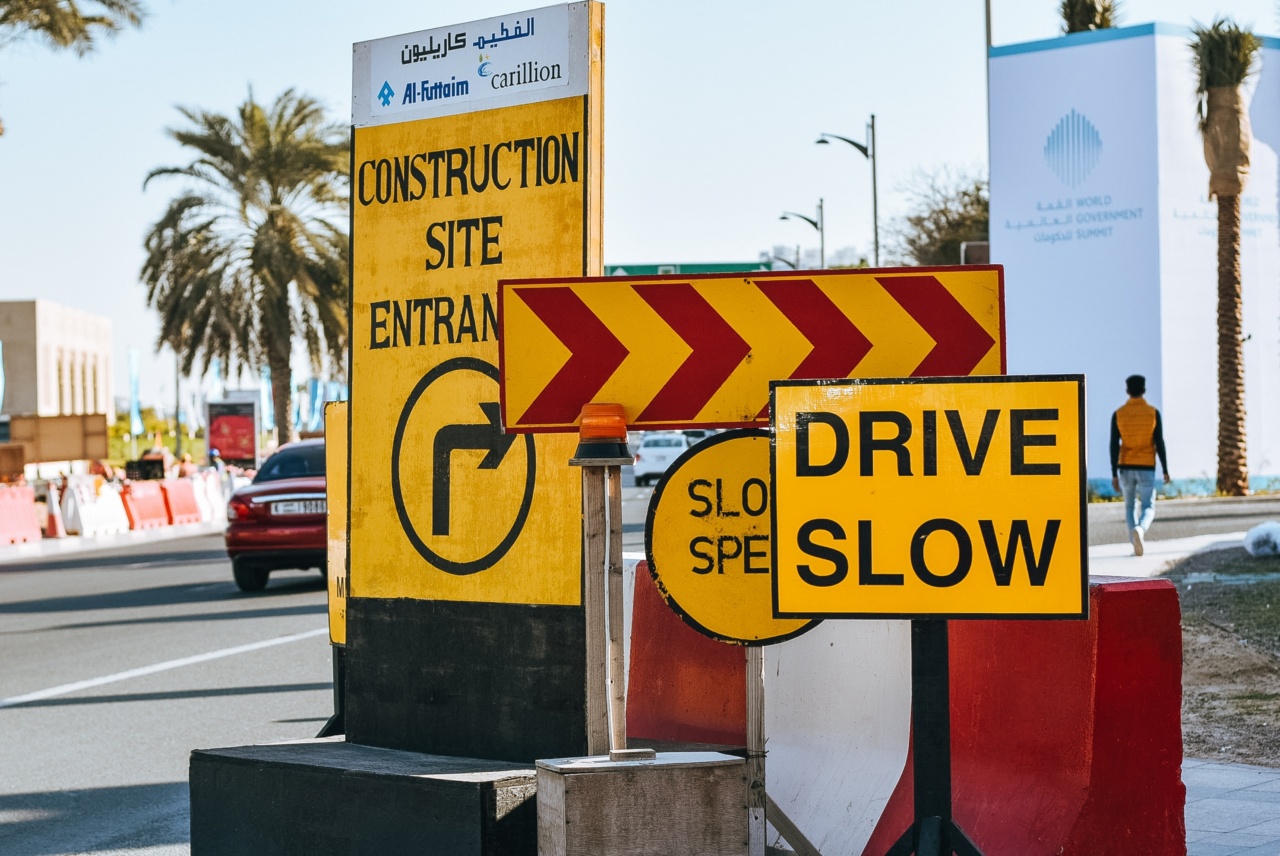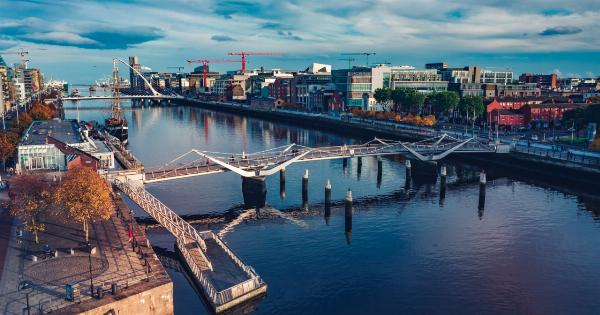High blood pressure, also known as hypertension, is a prevalent health issue affecting millions of people worldwide. It is a major risk factor for cardiovascular diseases such as heart attacks and strokes.
While several factors contribute to the development of hypertension, recent research suggests that traffic noise may also play a role. This article explores the relationship between traffic noise and hypertension, examining the scientific evidence and discussing the potential mechanisms through which noise pollution impacts blood pressure.
The Link between Traffic Noise and Hypertension
Over the past few decades, urbanization and increased vehicular traffic have led to a rise in noise pollution.
Numerous epidemiological studies have investigated the potential association between traffic noise exposure and the development of hypertension.
Epidemiological Studies
A study conducted in Gothenburg, Sweden, revealed a positive correlation between residential exposure to traffic noise and systolic blood pressure among both men and women.
Additionally, a meta-analysis of 24 studies found a significant association between noise exposure and hypertension, particularly during nighttime.
Mechanisms behind the Impact
Several mechanisms have been proposed to explain how traffic noise contributes to the development of hypertension. One theory suggests that noise leads to chronic stress, activating the sympathetic nervous system and elevating blood pressure.
Furthermore, noise-induced sleep disturbances may disrupt the body’s circadian rhythm, leading to an increase in blood pressure levels.
Additional Risk Factors
While traffic noise alone may increase the risk of developing hypertension, it is often accompanied by other risk factors prevalent in urban environments.
These factors include air pollution, psychological stress, and sedentary lifestyle, which further enhance the likelihood of developing high blood pressure.
Effects of Noise Reduction
Several intervention studies have investigated the effects of noise reduction on blood pressure levels.
These studies demonstrated that noise abatement measures, such as building noise barriers or implementing traffic regulations, can lead to a reduction in blood pressure. However, further research is needed to establish the long-term benefits of sustained noise reduction on hypertension management.
Public Health Implications
The evidence linking traffic noise to hypertension has significant public health implications.
Policymakers and urban planners should prioritize the implementation of strategies that reduce noise pollution in urban areas, such as constructing sound barriers and designing noise-reducing infrastructure. Additionally, public awareness campaigns should highlight the potential health risks of noise pollution and educate individuals on adopting effective coping mechanisms.
Conclusion
While more research is necessary to fully understand the relationship between traffic noise and hypertension, current evidence suggests a clear association.
The detrimental effects of noise pollution on blood pressure levels warrant attention from health professionals, policymakers, and individuals alike. By taking appropriate measures to reduce noise pollution, we can potentially mitigate the risk of hypertension and its associated cardiovascular complications.





























